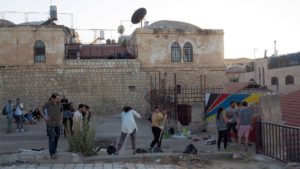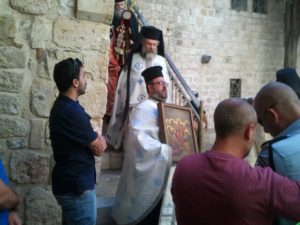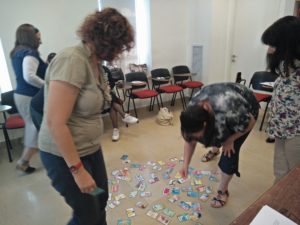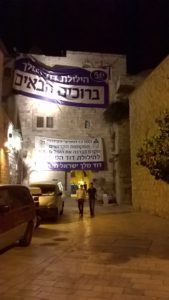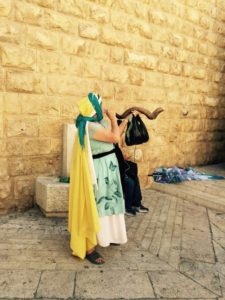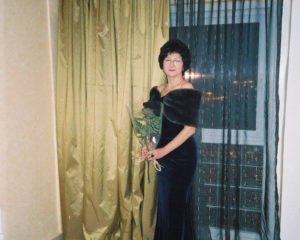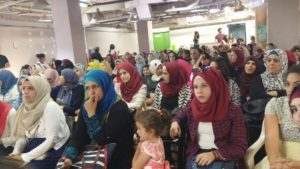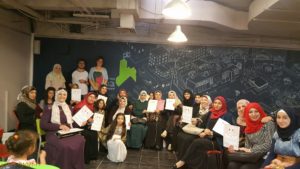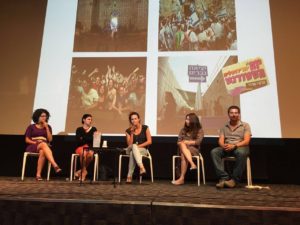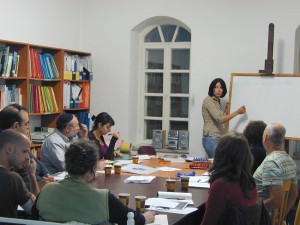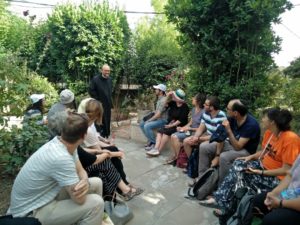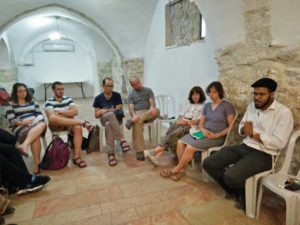Jerusalem Art – Roof Top Tolerance
How is it to celebrate an interfaith Iftar (breaking-the-fast celebration during the Islamic month of Ramadan) on a rooftop in the Old City of Jerusalem?
Take a look and see:
This celebration was produced by Jerusalem Art, an independent initiative by Jews and Muslims, who re-claimed an abandoned rooftop for social events. They are part of a growing number of independent grassroots initiatives that we’ve identified throughout the city. Here’s the post in Facebook:
And here’s their short explanation of their activities:
On Monday we held our biggest event so far, an Iftar on the rooftop which gathered Muslims,Jews and Christians from many different places and cultures.
We took a part in a good will activity that gathered people from different faiths and cultures to give water to Muslims at the time of the Iftar to break the fast, at Damascus gate in the old city of Jerusalem.
At the end we had a wonderful magical musical event with Turkish music, Arabic music and Rap! we truly enjoyed clapping and singing together
After about a month of intensive and continuous work we managed to turn an abondand part of a rooftop in the old city of Jerusalem into a meeting point for people who wish to work together to create a better Jerusalem and a better world through activism and art. We are looking forward to turn other places into places of activism ,compassion ,human interaction and art !
We want to thank everyone who have helped us and attended to our Iftar , for the ones who were not able to come because of their schedule , not having a permit to enter Jerusalem or any other reason, we are looking forward to see you soon and we apologize that we couldn’t help you to be with us.
This is their fifth event. Thus far they’ve cleaned:
Painted (twice):
And held two Iftars. (Here’s the post about the first one, held on June 13):

